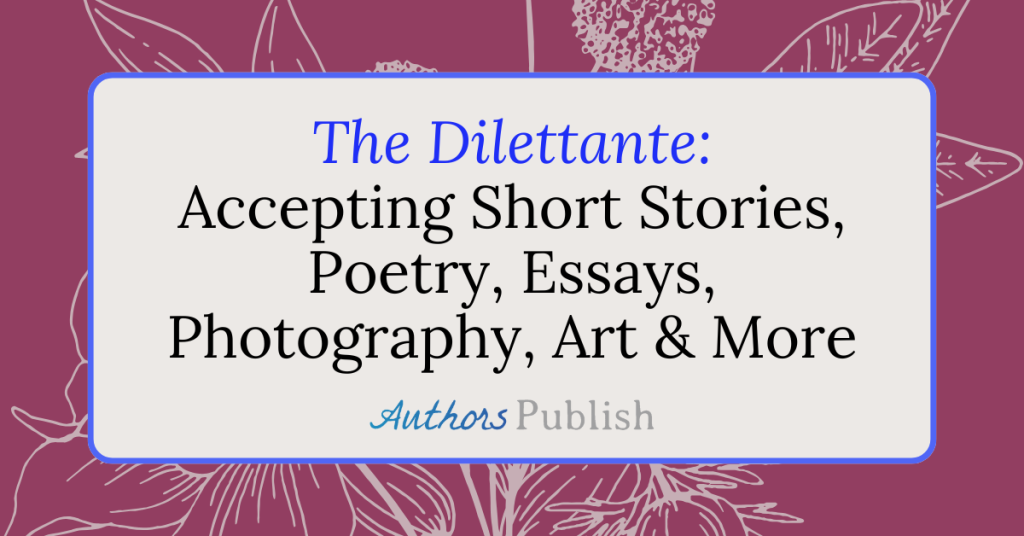By David Perez
I’m a writer and published author working at Op. Cit., a locally owned, independent bookstore in Taos, New Mexico. Formerly called Moby Dickens, the shop has been in business for thirty years. From my decade of employment there, I’d like to offer a few insights.
First, the sheer volume of books published every year. According to Bowker Books in Print, which assigns ISBNs (most but not all books have one), over 1.35 million books were published in 2017, approximately one million self-published, and 350,000 traditionally published. That averages to 19,000 new titles (self-published) and 6,700 new titles (traditional publishing) released every week. Add to this the zillions of already existing books and you get an inkling of the challenges bookstores have in ordering and stocking books. Bookstores buy what they can afford, what can fit on the shelves.
Each bookstore is different, in their ordering process, in size, in aesthetics. At Op Cit, we have about thirty sections, ranging from fiction to children’s to cookbooks to regional and so on. To keep informed about upcoming titles, we review catalogues, trade publications like Publisher’s Weekly and Kirkus, and various bestseller lists. Customers also recommend books. We order from distributors like Ingram, and third party sellers. Sometimes Amazon is the only place to get a book. Whatever the case, who publishes and distributes a book is an important consideration.
Once on the shelves, there are various factors affecting what customers buy. Some look for new releases. Others shop for specific authors, or specific genres. Some look for bargain books. Others are just browsing for everything and anything. Overall, our bestselling section overall is Children and Young Adult, and I wouldn’t be surprised if this is the case across the country.
Do customers judge a book by its cover? Absolutely. It’s not uncommon to hear, “This looks like a cheap, self-published book.” Of course, a book doesn’t have to be self-published to look cheap, and many self-published books have gorgeous covers and equally gorgeous content. But customers do notice; and it can determine whether they buy a book or not.
A cover is more than just the artwork, however. Customers look at blurbs and who writes them. They read the synopsis; look at the publisher and author bio; check out the interior design, particularly the font, margins, chapter headings and quality of photos. The title is also important, how catchy and compelling it is. Then there’s the book’s price to consider, especially when competing against Amazon and discounted publisher overstocks. Publishers and authors should insure they’re not pricing themselves out of contention.
Where to put the book? At Op Cit, we ask each other this question all the time, and it illuminates a dilemma. The majority of the time, the genre category is self-evident: children’s, cookbooks, mystery, etc. But many books are multi-genre, either by design or simply because of the topic. For instance, I follow the Metaphysical section and ordered a biography of Nicholas Tesla. One customer said it should really be in Science. I agreed. Another wondered why it wasn’t in Biography because that’s the section she browses and “would’ve loved to come across it.” I agreed with her too. But we often have money for only one book. So where to put Tesla?
The solution would seem to be to have more than one copy and stock the book in each category. But a combination of budget and, again, the sheer number of books out there, often means the store buys one copy.
So, how would you categorize your book? Where would you want it to be shelved? What’s the marketing focus?
Consignment policies differ from store to store, but it’s a challenging task. Each self-published author and small publisher becomes a vendor, meaning they’re the ones to order from and pay. Even though we’re a modest-sized store, we now have hundreds of vendors. It’s a very time-consuming process. I know because I do it at Op Cit. I used to bristle when I heard of stores with strict consignment policies, or who charged the self-published author to stock their book. Now, I understand the difficulties.
Are book signings worth pursuing? Definitely, but because of the many author requests, they can be hard to schedule. And unless you’re a well-known author, or you have a large following in a certain city, bookstore events are a crapshoot at best.
In ending, let me state that much of what I’ve written is with broad strokes. There are exceptions to every rule, and the rules themselves can vary widely. There’s plenty I didn’t cover, like the effectiveness or not of Advance Reading Copies, whether to make a book returnable, and more. My experience says to try anything and everything, postcards, press releases, personal visits. You never know.
David Perez is a writer, editor, actor, radio host, and author of two memoirs: WOW! and WOW! 2. His “Read Your Work Aloud” workshops are a regular feature of the Tupelo Press Poetry Conferences. David’s acting roles range from Othello to Santa Claus. He lives in Taos, NM. Website: Verdadcreative.com






